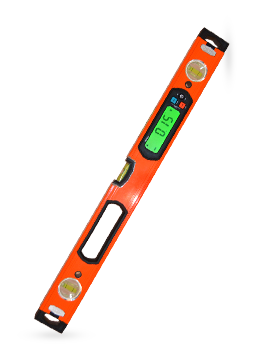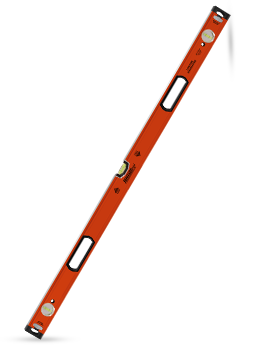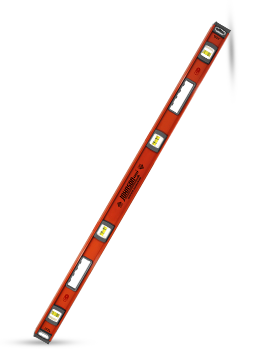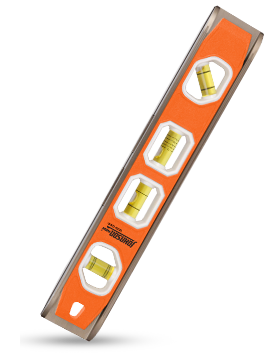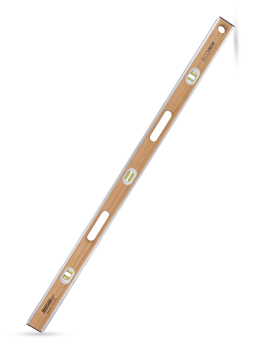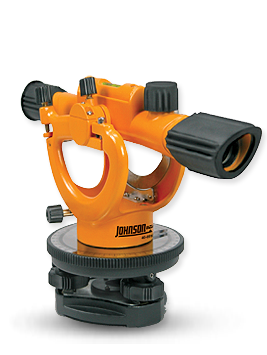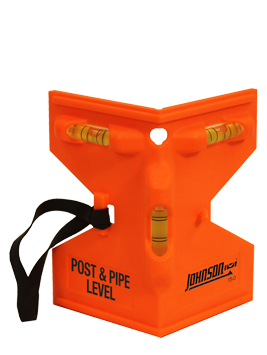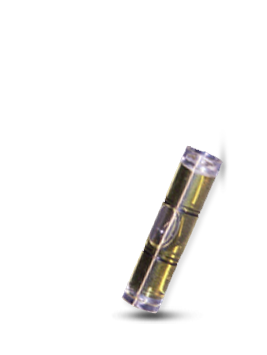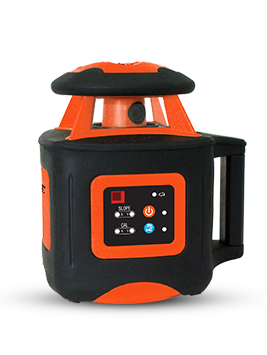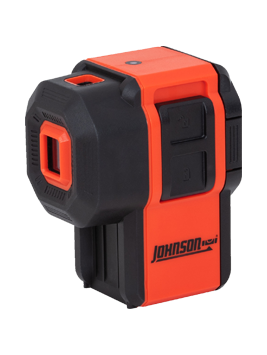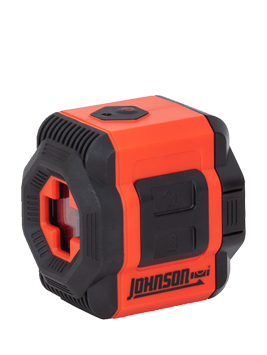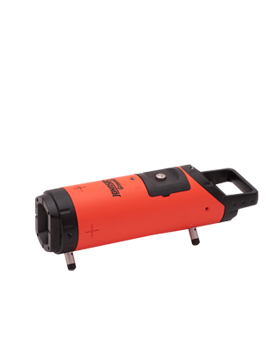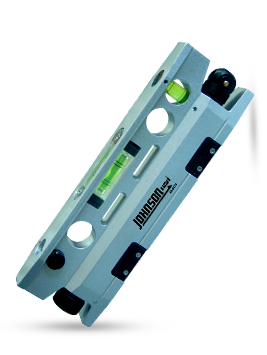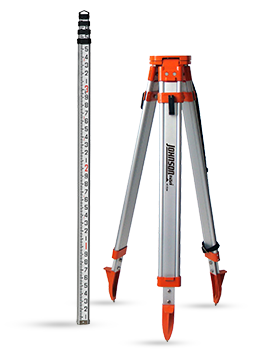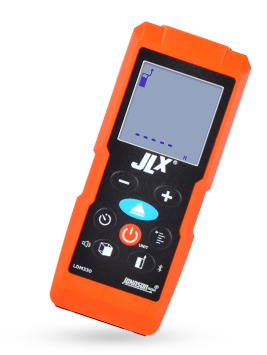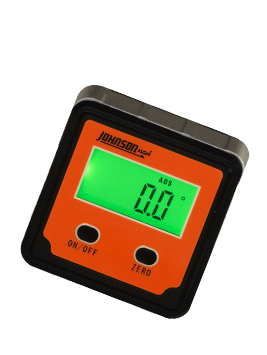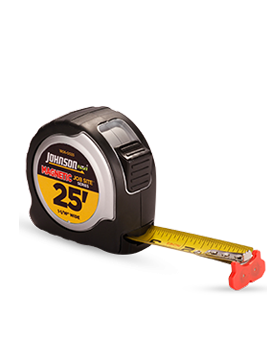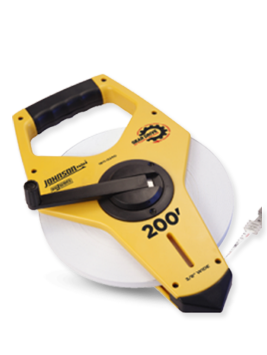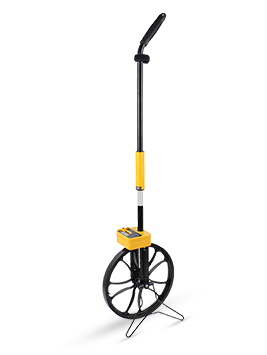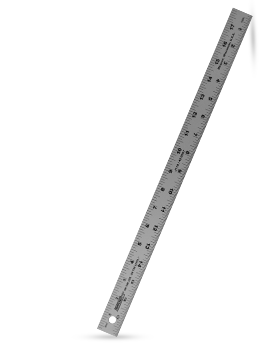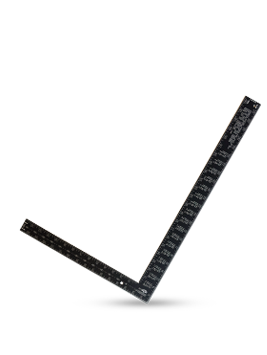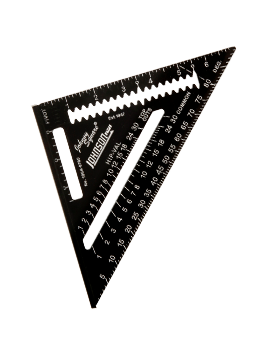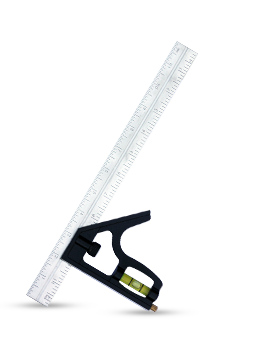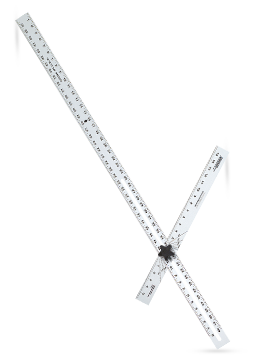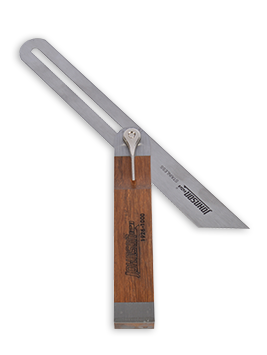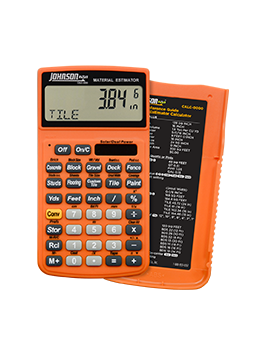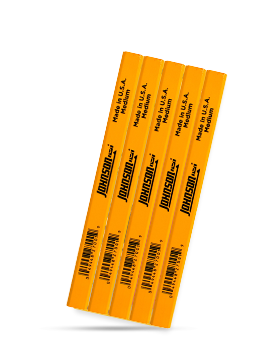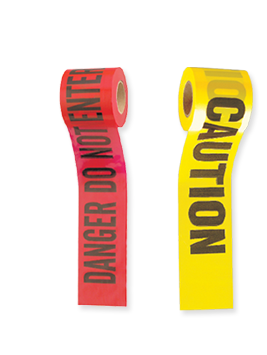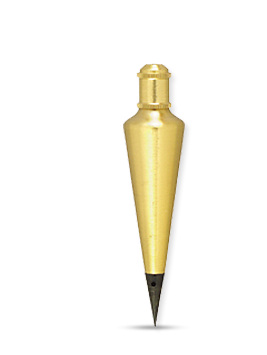Choosing A Laser Level
Choosing the laser levels for your project can be easy if you answer the following questions.
Question 1: What kind of work is the laser level going to be used for?
Make sure to have a clear definition in mind. Are you building decks or house foundations? Is the work indoors, outdoors, or maybe even a combination of both?
Question 2: Do you need a self-leveling laser level?
Self-leveling laser levels provide greater accuracy than a manual leveling laser, plus they have the advantage of automatically shutting off if disturbed or moved too far out of level. Manual leveling lasers are less expensive and are best suited for home remodeling projects.
If you use your laser level outside, particularly, on larger jobs, where there are lots or people, heavy earthmoving equipment and other things that can disturb the laser, it’s important to remember that manually leveled lasers should be checked periodically and re-leveled again as needed.
Question 3: Where will you be working with your laser level?
Indoors:
If you are indoors, you will want a visible beam laser that can be used without an electronic laser receiver. The visible red and green beams are usually found on laser levels employed in interior work, such as drywall, drop ceiling installation, or partition installation. You will see red beam wavelengths of 650nm or 635nm. The human eye is more sensitive to the 635 wavelength than 670, and is even more sensitive to green light. Johnson laser levels have a green laser beam – what we call GreenBrite® technology which is 400% brighter than a red beam in ordinary laser levels.
Outdoors:
If you are primarily outdoors, you will have to use a laser receiver, as even the brightest visible rotating beam will be lost in daylight. Infra-red light is invisible to the human eye, which means that an electronic laser receiver must be used. Infra-red beams are most often found on lasers employed for outdoor work, such as grading, trenching, or setting concrete forms.
Visit Johnson Level’s how-to guide for levels and tools for more information.
©2010 Johnson Level & Tool Mfg. Co., Inc.
